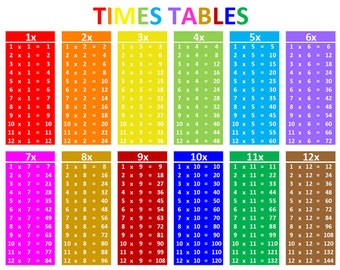 Welcome to another short week!
Welcome to another short week!
Students
will not be attending school this Thursday due to the
Province-wide strike on Thursday, March 5.
HOMEWORK: Be on the look out for possible homework to be completed this week in either Math, Social Studies or Language. There is no THRoW this week.

As my campers should have already shared with you, we have begun the season of Lent. In keeping with our Catholic practise, we have focused on prayer, fasting (going without) and charity (works of love) in a Lenten calendar for the season of Lent. As a camp, we promised to complete a task a day for the 40 days of Lent. Ask your child about our Lenten Calendar. I will encourage all students to bring home their Religion duo tang so you can go over our goals each day.
I will need your support on weekends, as I cannot remind them to honour their promises for those days. I've done my best to make all of these tasks doable. I've spoken with my campers on the importance of keeping our promises. Some days will be more challenging than others (the days without electronics). The goal is to persevere even when it is difficult, so that we may on level understand the struggle that Jesus endured in his time.
MATH: We are well on our way with our Multiplication Links! What's that? You don't know what these are? Well, ask your camper about this and more specificially, ask him/her how many links they have hanging! Each link is a timestable. Students go at their own pace to learn the x0, x1, x2 x5, x10, x3, x4, x6, x7, x8, x9, x11 and x12!
Lianna Li leads the way with 7 links! Way to go, Lianna!
Language Quiz: Each week, our quizzes will reflect prior learning. So, if our focus is adjectives, it may include past learning such as plurals, nous, pronouns and editing. This week, we continue to work on adjectives and will introduce verbs.
SOCIAL STUDIES: We are currently in a unit on the
Land Regions in Ontario;
Here is the key learning for this unit:
- 3 identify the major land form regions in
Ontario (e.g., the Canadian Shield, the Great
Lakes–St. Lawrence Lowlands, the Hudson Bay
Lowlands), and describe the major characteristics
that make each distinct
- describe some major connections between
features of the natural environment and the
type of employment that is available in a region,
with reference to two or more municipal regions
in Ontario
- describe some major connections between
features of the natural environment of a region
and the type of land use and/or the type of
community that is established in that region
- evaluate evidence and draw conclusions
about some of the short- and long-term effects
on the environment of different types of land
use in municipal regions of Ontario and about
key measures to reduce the negative impact of
that use
- 4 identify and describe the main types of
employment that are available in two or more
municipal regions in Ontario
- demonstrate an understanding that Ontario
is divided into different municipal or regional
entities (e.g., cities, towns, townships, villages,
counties, reserves) and that local governments
within these entities provide specific services
and regulate development according to local
needs
- demonstrate an understanding that political
maps, both print and digital, use different
typographical styles to indicate different types
of entities (e.g., bold face capitals for a country
[CANADA], capitals for a province [ONTARIO],
and lower case for a city [Sudbury]
Well, that's enough to take in on Sunday evening! See you all tomorrow, campers!
Counsellor Wilson
SECRET QUESTION: Our desks are arranged ...
A. In equal rows
B. In a circle
C. In a Horseshoe
 Google Meet today!
Google Meet today!













